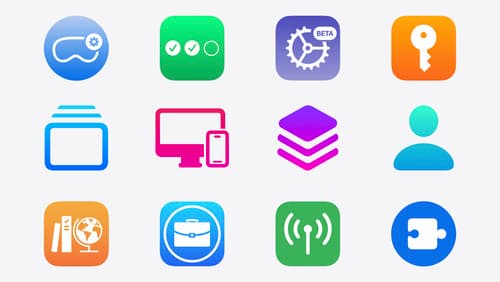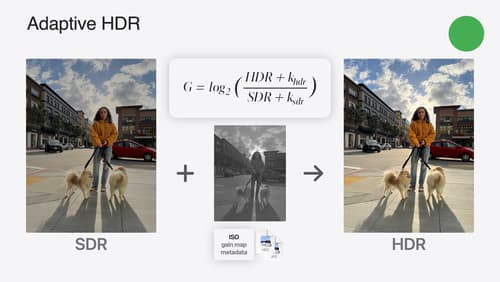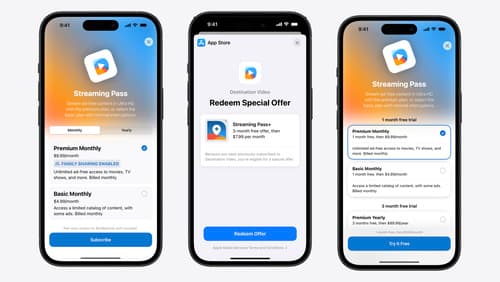iOS 18 changes
Asked on 2024-08-05
1 search
iOS 18 introduces several notable changes across various aspects of the operating system. Here are some key updates:
-
Privacy Enhancements:
- Improved transparency and control over access to local network, Bluetooth, and contacts.
- New flow for sharing contacts, allowing users to select specific contacts to share with apps (What’s new in privacy).
-
UIKit Improvements:
- New features for transitions and animations, tab bars, and a new document launch experience.
- Enhanced integration of UIKit and SwiftUI (What’s new in UIKit).
-
Device Management:
- New exceptions for enrolling MDM on newly set up devices.
- Requirement for a device restart when installing proprietary in-house apps with a new team identity (What’s new in device management).
-
Tab and Sidebar Experience:
- Updated look for tab bars and sidebars, with new syntax in SwiftUI for easier error catching and programmatic selection (Elevate your tab and sidebar experience in iPadOS).
-
App Customization:
- Support for dark and tinted app icon variants in Xcode.
- New ways to customize app icons and widgets to appear light, dark, or with a tint (Platforms State of the Union).
-
StoreKit and In-App Purchase:
- Deprecation of the original API for in-app purchases, with a strong recommendation to update to StoreKit 2 for better features and support (What’s new in StoreKit and In-App Purchase).
-
HDR Image Handling:
- New reference wide tone mapping operator for better output quality and color reproduction in HDR images (Use HDR for dynamic image experiences in your app).
-
Security Enhancements:
- New registration API for seamless transition to passkeys, which are more secure and easier to use than passwords (Platforms State of the Union).
These updates reflect Apple's ongoing commitment to enhancing user privacy, improving app development tools, and providing more customization options for both developers and users.

What’s new in device management
Learn about the latest management capabilities for iOS, iPadOS, macOS, and visionOS, then discover the latest changes to Apple Business Manager and Apple School Manager. We’ll also share updates to Activation Lock, SoftwareUpdate, and Safari management.

Use HDR for dynamic image experiences in your app
Discover how to read and write HDR images and process HDR content in your app. Explore the new supported HDR image formats and advanced methods for displaying HDR images. Find out how HDR content can coexist with your user interface — and what to watch out for when adding HDR image support to your app.

What’s new in StoreKit and In-App Purchase
Learn how to build and deliver even better purchase experiences using the App Store In-App Purchase system. We’ll demo new StoreKit views control styles and new APIs to improve your subscription customization, discuss new fields for transaction-level information, and explore new testability in Xcode. We’ll also review an important StoreKit deprecation.
